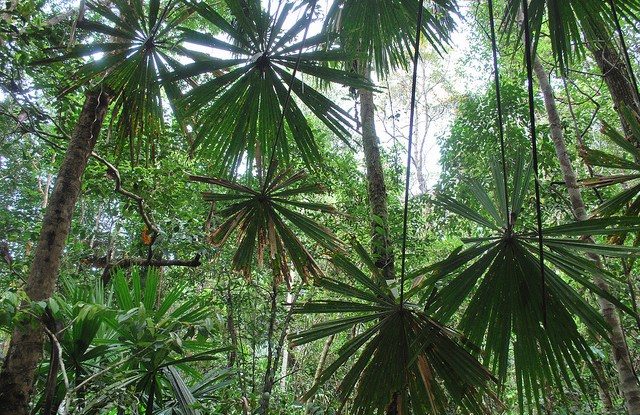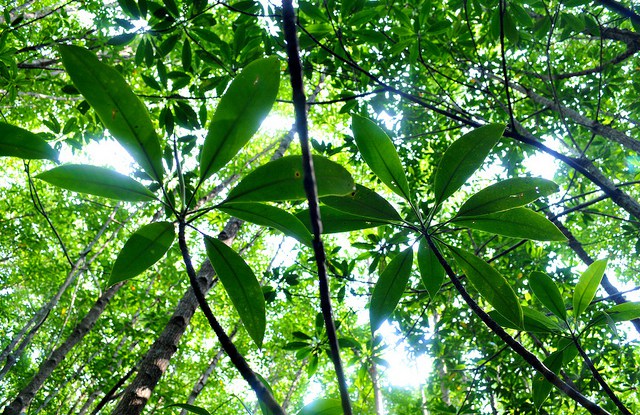
Editor’s Note: This is an excerpt of an article posted at ForestsClimateChange.org. It can be read in its entirety here.
The Green Climate Fund (GCF) passed a major milestone at the 7th Board meeting in Songdo, South Korea in May.
The 24 member Board have now agreed on the remaining six essential items to enable the capitalization of the fund and have set down a timetable of meetings in June and November 2014 to coordinate financial contributions.
Industrialized countries have committed to provide funds rising to US$100 billion per year by 2020 to support adaptation and mitigation actions by developing countries. These funds are expected to come from a mix of public and private sources.
Although the UNFCCC has called to mobilize the initial capitalization of the GCF at an amount of at least US$10 billion, many seek higher amounts having regard to the US$30 billion of fast-start financing between 2010-2012. The point has been made that the GCF Board should not be low in its ambition.
The GCF has become increasingly important in relation to prioritisation of finance to the land use and forest sectors. A recent study undertaken by CIFOR across twenty-three REDD+ projects in six countries has shown that finance and tenure insecurity are the main barriers to the implementation of REDD+. If REDD+ is to succeed, the issue of finance needs resolution as a matter of some urgency.
The lack of finance available to adapt to and mitigate climate change in the forest and land use sectors should be considered in the context of recent comments made at the Forests Asia Summit in Jakarta, by Mark Burrows, Credit Suisse Managing Director and Vice Chairman. Burrows expressed views that political investment and public policy is required to allow part of the estimated US$225 Trillion of private sector capital to flow into the green economy.
He described the private sector as ‘eager to jump onto green investment’.
GCF Accreditation Framework
As a first step to gaining finance from the GCF, implementing entities (IEs) and intermediaries will require accreditation. The accreditation framework is applicable to both public and private sector, national, regional and international IEs and intermediaries. Funding will flow from IEs and intermediaries to executing entities (EEs).
An Accreditation Committee comprised of 4 Board members was established and tasked with the role of selecting an ‘independent’ Accreditation Panel to advise the Board and be in charge of conducting the accreditation process. The Panel will consist of 6 experts with balanced developed / developing country representation.
All entities seeking accreditation are required to establish that they meet the Fiduciary Standards and Social and Environmental Safeguards as agreed by the Board.
However, specific GCF Safeguards have not yet been adopted. The Board has agreed to a ‘lower standard’ approach and have adopted the International Finance Corporation (IFC) Performance Standards as opposed to Safeguards amidst criticisms from civil society organisations (CSOs) in doing so.
Many CSOs rightly argue that the IFC standards are not ‘best practice’ and are too weak for a fund of this nature. This position is supported within the GCF Board, with one Board member making the point that the Adaptation Fund is stronger on human rights and the Asian Development Bank is stronger on consultation.
Parties and Observers experienced with REDD+ have also raised concerns related to consistency with the Cancun REDD+ Safeguards, which may require further consideration and guidance from the UNFCCC 20th Conference of Parties (COP20) in Lima in December.
In recognition of this challenge, the Board has agreed that the IFC standards are in place on an interim basis and intend to develop GCF Safeguards within 3 years with multi-stakeholder participation and learning from experiences including through the Independent Evaluation Unit and the Independent Redress Mechanism.
It is expected that an upward harmonization of the IFC standards will occur through the development of GCF safeguards. However, it remains unclear as to whether a process will be put in place that will require a new application for accreditation from those entities accredited early, and to what extent a review as to their appropriateness to remain accredited will be undertaken. This is an important matter the Board will need to consider as it has potential to impact on funding cycles, projects and programmes funded by the GCF and may give rise to reputational risks.
We want you to share Forests News content, which is licensed under Creative Commons Attribution-NonCommercial-ShareAlike 4.0 International (CC BY-NC-SA 4.0). This means you are free to redistribute our material for non-commercial purposes. All we ask is that you give Forests News appropriate credit and link to the original Forests News content, indicate if changes were made, and distribute your contributions under the same Creative Commons license. You must notify Forests News if you repost, reprint or reuse our materials by contacting forestsnews@cifor-icraf.org.

